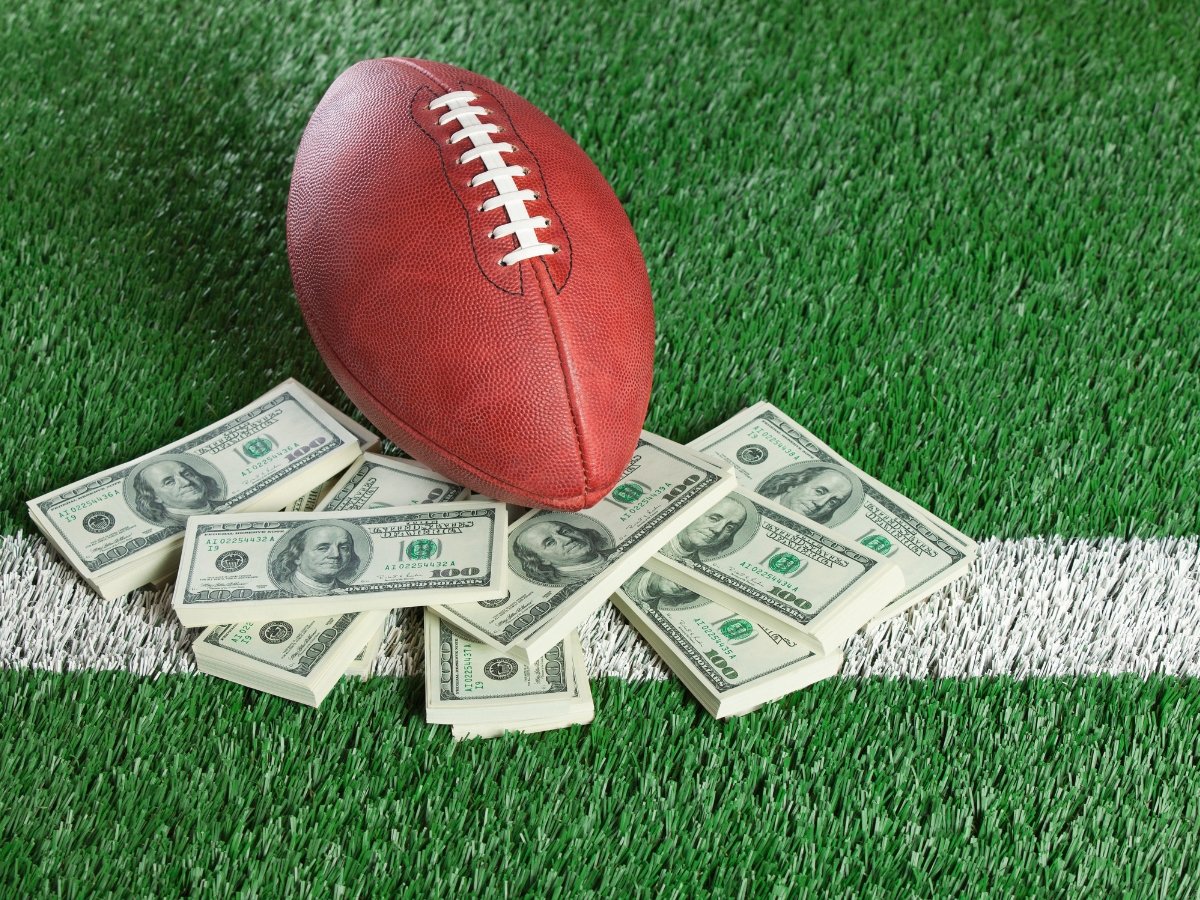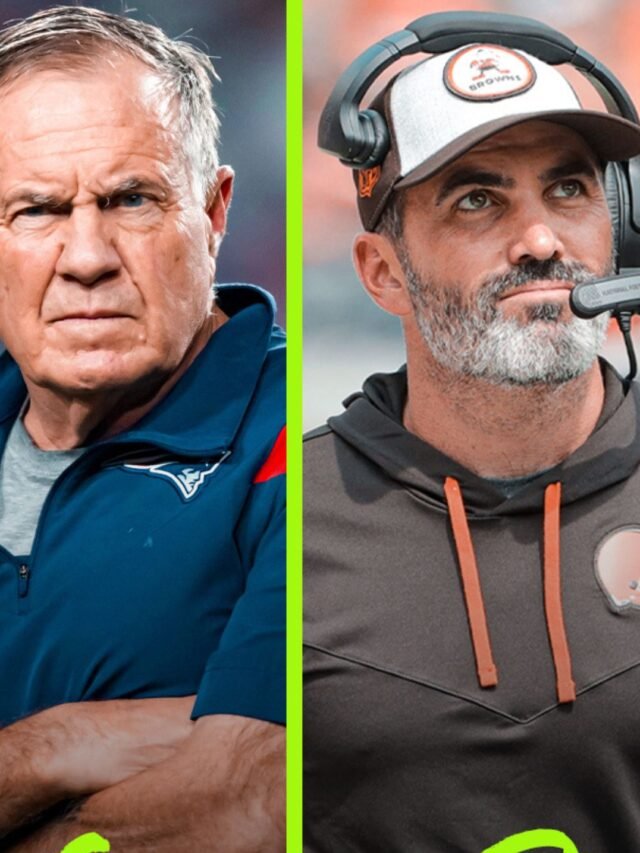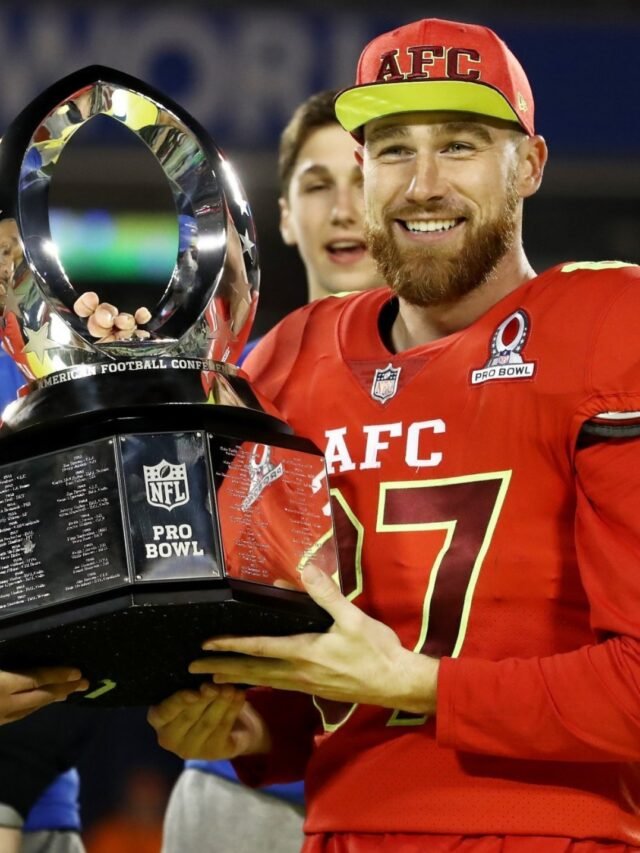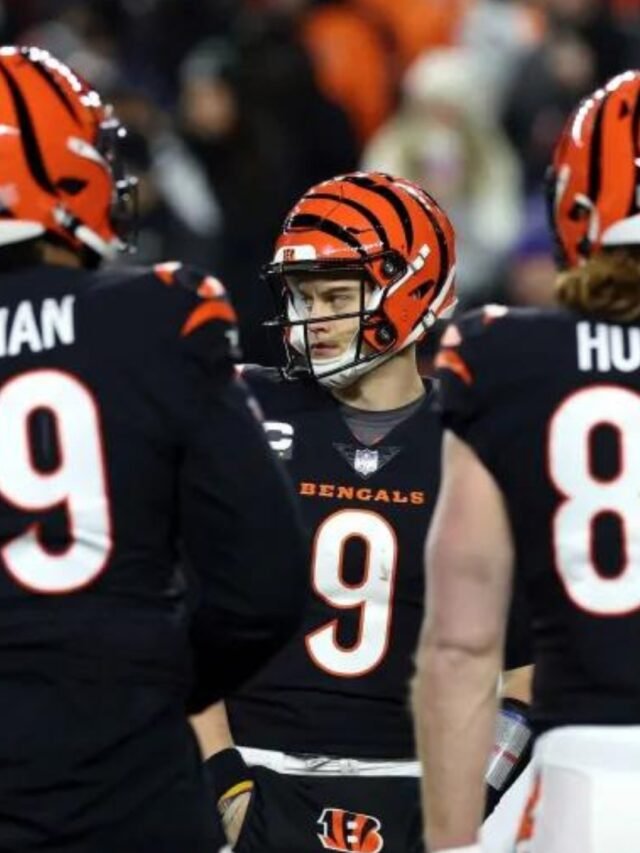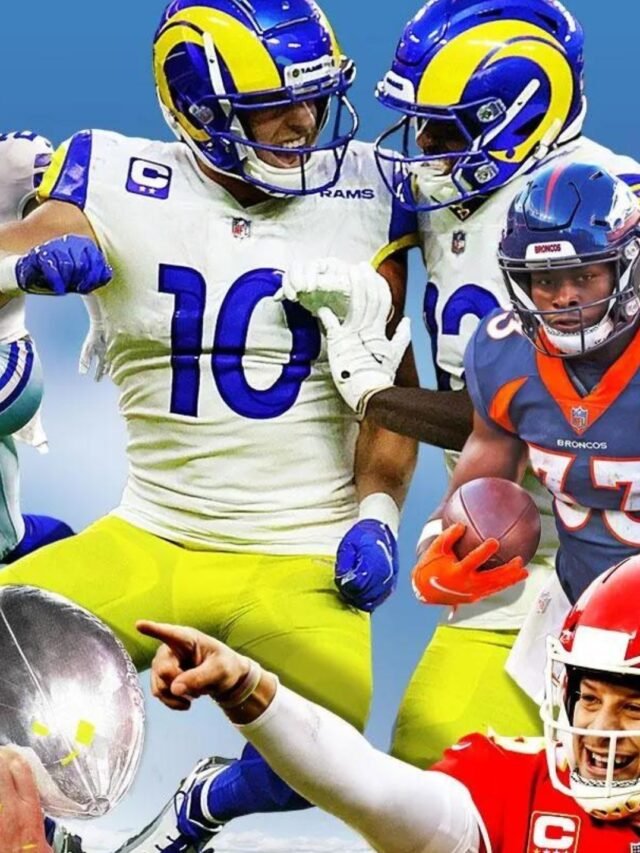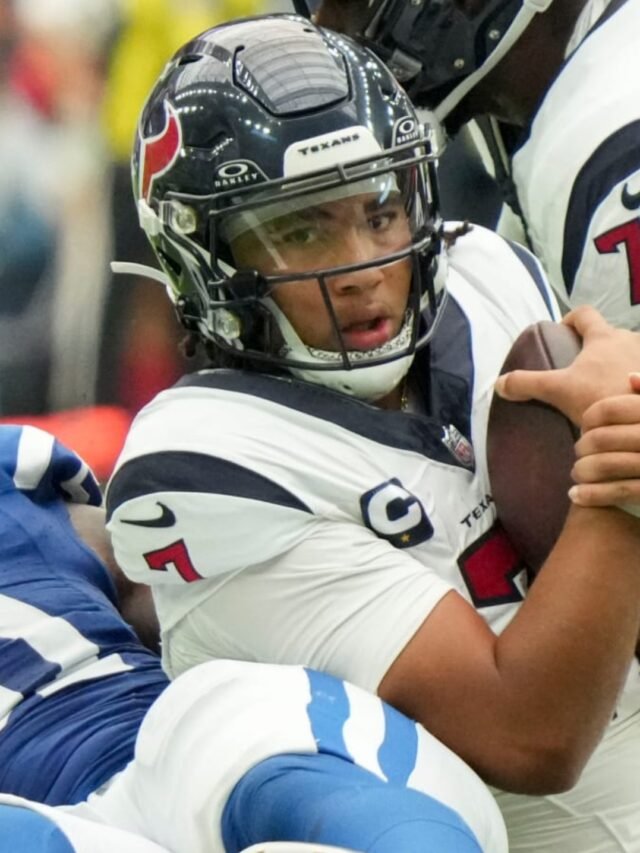The National Football League (NFL) stands as a beacon of high stakes and high rewards, particularly when it comes to player salaries. Understanding the dynamics of the highest paid positions in the NFL offers insight into the league’s valuation of talent and the strategic priorities of teams. This post explores the top earners across various positions, highlighting the key roles that command the most lucrative contracts in the league.
Top Highest-Paid Positions in the NFL
- Quarterbacks
- Dominating the salary spectrum, quarterbacks like Joe Burrow of the Cincinnati Bengals, with an average annual salary of $55 million, lead the pack. This reflects the critical importance of quarterbacks in the team’s offensive strategy.
- Other top earners include Justin Herbert (Los Angeles Chargers) and Lamar Jackson (Baltimore Ravens), emphasizing the premium placed on elite quarterback talent.
- Edge Rushers
- Nick Bosa of the San Francisco 49ers, with a contract extension worth $34 million annually, stands as the highest-paid defensive player, showcasing the value of players who excel at pressuring the quarterback.
- Other notable edge rushers include T.J. Watt (Pittsburgh Steelers) and Joey Bosa (Los Angeles Chargers).
- Defensive Tackles
- Aaron Donald of the Los Angeles Rams leads as the highest-paid defensive tackle, earning $31.66 million annually.
- The role of defensive tackles in disrupting offensive lines and stopping runs underlines their high valuation.
- Offensive Tackles
- Laremy Tunsil of the Houston Texans tops this category with a $25 million annual paycheck.
- The role of offensive tackles in protecting quarterbacks and opening up running lanes is crucial for any offensive strategy.
- Safeties
- Derwin James of the Los Angeles Chargers leads with an average annual salary of $19 million.
- The importance of safeties in providing deep coverage and their versatility in defense is reflected in their compensation.
- Linebackers
- Linebackers like Bobby Wagner of the Seattle Seahawks command significant salaries, with Wagner earning $5.5 million annually.
- Their role in run defense and pass coverage makes them central to a team’s defensive scheme.
- Centers
- Jason Kelce of the Philadelphia Eagles, with a salary of $14.25 million for the 2023 season, is the highest-paid center, highlighting the value of skill and experience in the heart of the offensive line.
Read: What Does Sam Bradford Do for a Living? Here is What We Know!
Factors Influencing Player Salaries
- Positional Importance: The quarterback’s role as the team leader and primary playmaker justifies their top-tier salaries.
- Performance and Skill Level: Players like Aaron Donald and Nick Bosa earn top dollar due to their exceptional skill and impact on games.
- Team Strategies and Needs: Different teams may prioritize different positions based on their strategies, influencing salary structures.
Comparative Salary Analysis Across Positions
- Quarterbacks vs. Other Positions
- Quarterbacks consistently rank as the highest-paid players. Joe Burrow’s $55 million annual salary dwarfs the average salary of other top positions, like edge rushers and defensive tackles, who earn $34 million (Nick Bosa) and $31.66 million (Aaron Donald), respectively.
- The top 15 players in average annual salary are all quarterbacks, reflecting the strategic emphasis on this role.
- Rising Salaries of Defensive Players
- The increasing value of defensive roles is evidenced by Nick Bosa becoming the highest-paid non-quarterback in the league.
- Defensive tackles like Aaron Donald also command high salaries, with Donald’s $31.66 million annual salary underscoring the significance of defensive line play.
- Offensive Line Pay
- The offensive line, crucial for protecting the quarterback and enabling the running game, sees top earners like Laremy Tunsil (Houston Texans) making $25 million annually.
- The disparity in salaries within the offensive line, such as between tackles and centers (e.g., Jason Kelce at $14.25 million), highlights different valuation levels for each role.
- Defensive Backs Compensation
- Safeties, like Derwin James earning $19 million annually, and cornerbacks, showcase the investment in pass defense and versatility.
- The gap between the highest-paid safeties and other defensive roles illustrates the varying strategic importance of positions in defense.
Economic Impact of High Salaries in the NFL
- Impact on Team Salary Caps
- High player salaries, especially those of quarterbacks, significantly impact the team’s salary cap, which is the limit on the total amount teams can spend on player salaries.
- Teams need to strategically manage their payroll to ensure a balanced roster while complying with salary cap regulations.
- Influence on Team Dynamics and Roster Building
- Allocating a large portion of the salary cap to star players can limit a team’s ability to sign other high-quality players, affecting overall team balance and depth.
- Teams often face tough decisions in managing their rosters, balancing star players’ high salaries with the need to fill other positions adequately.
- Long-Term Contracts and Financial Security
- Long-term contracts provide financial security for players but also entail risks for teams if player performance declines or injuries occur.
- Players and their agents negotiate contracts not just based on current performance but also potential future contributions, adding a speculative element to salary negotiations.
- Market Trends and Player Valuation
- The NFL’s evolving strategies and market trends significantly influence player salaries.
- Innovations in gameplay, changes in rules, and the overall financial health of the league can shift salary structures over time.
Player Perspectives on Contract Negotiations
- Negotiation Strategies
- Players and agents focus on leveraging peak performance periods to secure the most favorable terms, emphasizing guaranteed money and long-term security.
- Factors like team fit, potential for success, and personal goals also play roles in contract negotiations.
- Financial Management for Athletes
- With careers that can be unexpectedly short due to injuries, players often emphasize the importance of financial planning and stability.
- Contracts, especially for top positions like quarterbacks, are structured to provide long-term financial security, reflecting the unpredictable nature of the sport.
- Impact of Public Perception
- Public and media scrutiny can influence negotiations, with high-profile players often facing pressure to live up to their contracts.
- The reputation of being one of the “highest-paid positions in the NFL” brings its own set of expectations and pressures for players.
Future Projections of NFL Salaries
- Trends in Rising Salaries
- The trajectory of NFL salaries, especially for marquee positions like quarterbacks and edge rushers, is on an upward trend. Joe Burrow’s record-setting $55 million annual salary may set a new benchmark for elite quarterbacks.
- Comparatively, defensive roles like edge rushers, with Nick Bosa’s $34 million annual contract, are also seeing significant increases, reflecting their growing importance.
- Impact of League Revenue and Broadcast Deals
- The NFL’s revenue, heavily influenced by TV and broadcasting deals, is a key driver of salary caps. As these deals expand, so does the salary cap, potentially allowing for higher player salaries.
- The league’s media rights agreements, worth over $100 billion through 2033, suggest a substantial increase in salary caps and, consequently, player salaries in the coming years.
- Market Trends and Player Valuation
- Evolving gameplay strategies and the increasing importance of certain roles could shift the salary distribution among positions. Positions like safeties and tight ends might see a relative increase in their average salaries.
- Salary growth might not be uniform across all positions; some positions may experience faster growth due to their strategic value in evolving gameplay.
- Projected Salary Cap Increases
- The NFL salary cap, which determines the maximum amount teams can spend on player salaries, is projected to rise significantly. This increase is attributed to the league’s continued financial growth and lucrative media deals.
- For instance, the salary cap saw a jump from $182.5 million in 2021 to $208.2 million in 2022. With the trend of increasing revenues, future caps are expected to rise even further, influencing overall player salaries.
Final Take
The NFL’s salary landscape, characterized by the high stakes and high rewards of its top positions, reflects the complex interplay of performance, market dynamics, and strategic priorities. While quarterbacks and defensive stars currently command the highest salaries, evolving strategies and market trends could shift this balance in the future. Understanding these dynamics offers valuable insights into the sport’s financial and strategic frameworks, essential for fans, aspiring players, and industry stakeholders.

